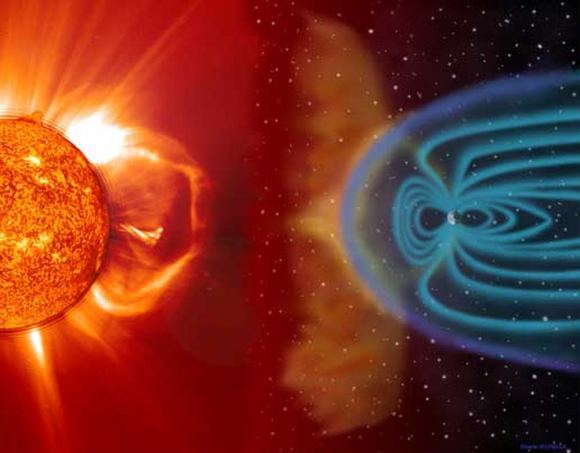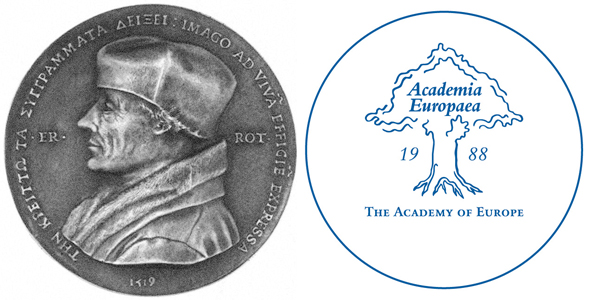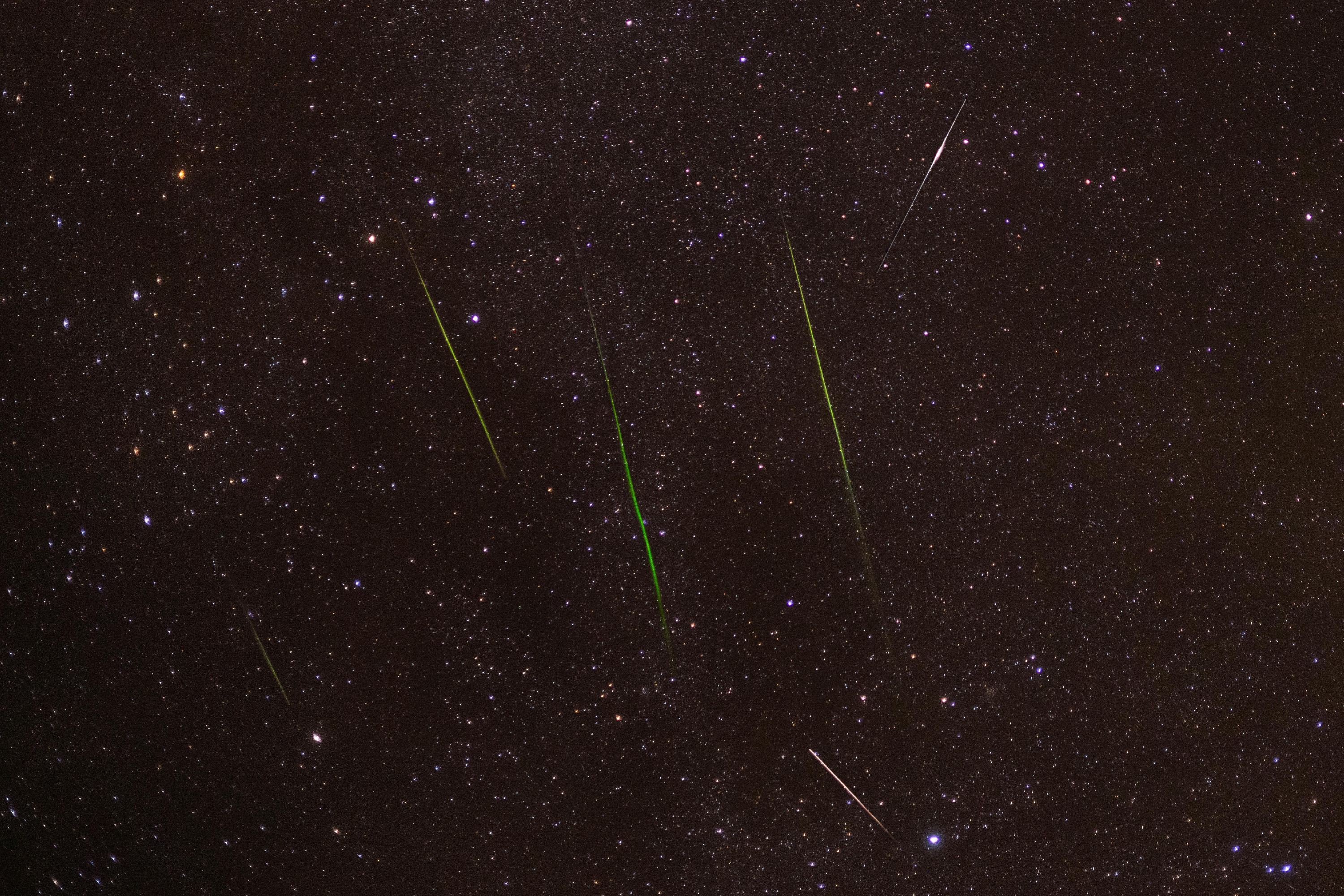HUN-REN Wigner RCP Launches ESA-supported Project on Physical Processes Related to Space Weather
As part of the SWIFT project, researchers at the HUN-REN Wigner Research Centre for Physics (HUN-REN Wigner RCP) are continuing their studies on the impact of solar phenomena on Earth’s magnetic environment. The research, launched with funding awarded through a European Space Agency (ESA) grant, draws on measurement data from several international space missions orbiting the Earth.
Modern research must address the physical processes associated with space weather, since forecasting the hazards can help reduce expected losses. The Sun not only makes life on Earth possible, but solar flares can at times pose serious risks to technical and infrastructural networks as well as to humans. A reminder of this is the geomagnetic storm of the mid-19th century, known as the Carrington Event. Back in 1859, it was “only” the telegraph systems that sparked. Today, however, geomagnetic storms can damage power grids, large sections of terrestrial pipeline networks, GNSS systems and spacecraft.
This year, the Space Physics Research Group at HUN-REN Wigner RCP received funding from ESA to launch a project investigating the phenomena that directly shape space weather. The Hungarian researchers are studying physical processes that play a fundamental role in transferring energy from the Sun — and, more specifically, from the solar wind — into the near-Earth environment.

Within the SWIFT (“Solar Wind Impact on Turbulent Dynamics of the Terrestrial Magnetosphere–Ionosphere System”) project, particular attention is given to the study of the reconnection of interplanetary magnetic and geomagnetic field lines, turbulent plasma phenomena, and the electric currents generated in the near-Earth plasma — and ultimately to understanding the interconnections between these processes.
For their investigations, the researchers are using measurement data from several international space missions orbiting the Earth — including NASA’s MMS and THEMIS missions, as well as ESA’s Cluster and Swarm. The expected results will not only improve the accuracy of space weather forecasting, but also contribute to advances in fields such as astrophysics, fluid dynamics and the design of fusion reactors.

